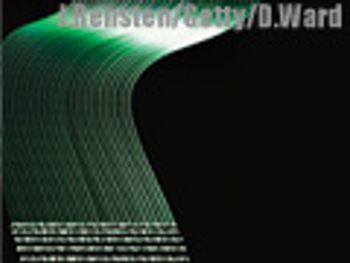
Industry buy-in is increasing as pharma companies proceed with select projects and research.

Industry buy-in is increasing as pharma companies proceed with select projects and research.

New product reviews for September 2011 focusing on manufacturing.
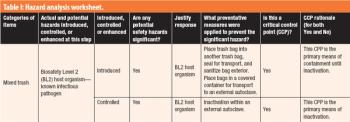
The third in a series of eight case studies from the Product Quality Research Institute focuses on facility biocontainment and inactivation.

Elham Blouet from Roquette explains the importance of carbohydrates for injection and the challenges in this niche market.

By providing an information "fingerprint", infrared red spectroscopy is a useful tool for identifying counterfeit pharmaceuticals. The authors identify best practices for ensuring compliance.

Highly potent APIs (HPAPIs) represent a growing area of interest for the pharma industry. Mark Griffiths, CEO of Carbogen Amcis AG, explains why.

A Q&A with Brian Johnson, senior director of supply chain security at Pfizer, moderated by Patricia Van Arnum. Part of a special Ingredients issue.
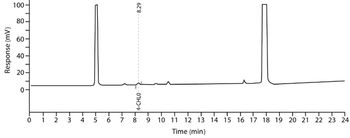
The authors provide an overview of methods for the quantitative determination of genotoxic impurities (GTIs) in active pharmaceutical ingredients.

Recently, there have been many innovations in the latest techniques and technologies in API purification. In particular, the trend to single-use systems has had a significant impact on processes.

The author examines sample-preparations methods used in inductively coupled plasma–optimal emission spectroscopy for four test metals.

We try to use previous experience to develop the optimal granulation process for each new ingredient, but we sometimes get it wrong. Many times, we?ve taken materials from the granulator only to find that they exhibit poor flow and insufficient density. How can we easily determine the end point of a given granulation process?

A firm grasp of probability and ongoing re-evaluation are key.
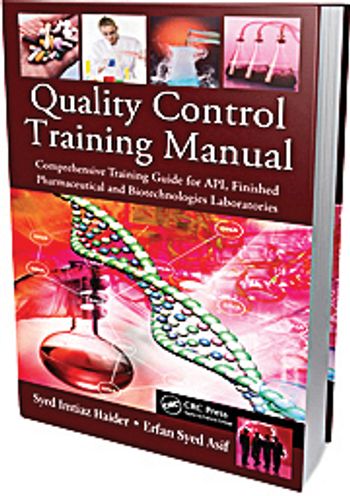
A book about developing quality-control training manuals provides a wealth of information and a dearth of practical help.
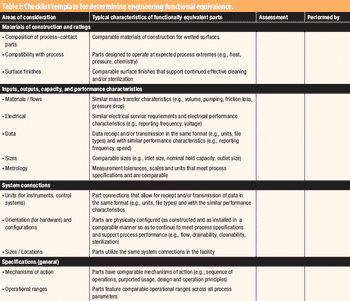
The second in a series of eight case studies from the Product Quality Research Institute focuses on functional equivalence for equipment.

This study demonstrates the beneficial use of a spatial-filter velocimetry particle-size analyzer during granulation.

Thomas P. Layloff describes the advantages of using thin-layer chromatography methods for counterfeit detection. This article contains bonus online material.

Analytical detection techniques help combat counterfeit drugs.

Respondents to the 2011 PharmSource-Pharmaceutical Technology Outsourcing Survey paint a positive picture, but concerns linger under the surface. This article is part of a special issue on Outsourcing.

Manufacturers are facing ever-increasing competition while end users are expecting better value and efficacy. The authors discuss these challenges and offer practical solutions.

The authors review current industry challenges and trends in managing global supply chains and propose best practices for improving visibility into those networks.

The authors share their approach and experience working in complex, multicompany environments for in-licensed products to develop successful chemistry, manufacturing, and controls packages for managing outsourcing partnerships.

The pharmaceutical industry and US regulatory bodies have not responded adequately to the increasing level of outsourced manufacturing in countries such as China and India, according to a new white paper by the PEW Health Group.

We?re attempting to validate a clean-in-place process using total organic carbon (TOC) as the analytical method. Our swab-sample recovery tests are giving us inconsistent results. Recovery values range from 95% to 205%, and there seems to be no correlation with the amount of drug product deposited on the coupon. What could be the problem?

FDA banned the importation of products manufactured at the Mexican unit of Dr. Reddy's Laboratories. The import ban is a result of the company's failure to correct the violations listed in a recent Warning Letter to the agency's satisfaction.
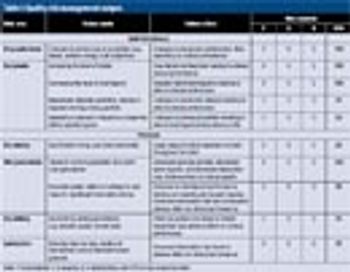
A PQRI expert working group provides case study examples of risk-management applications.